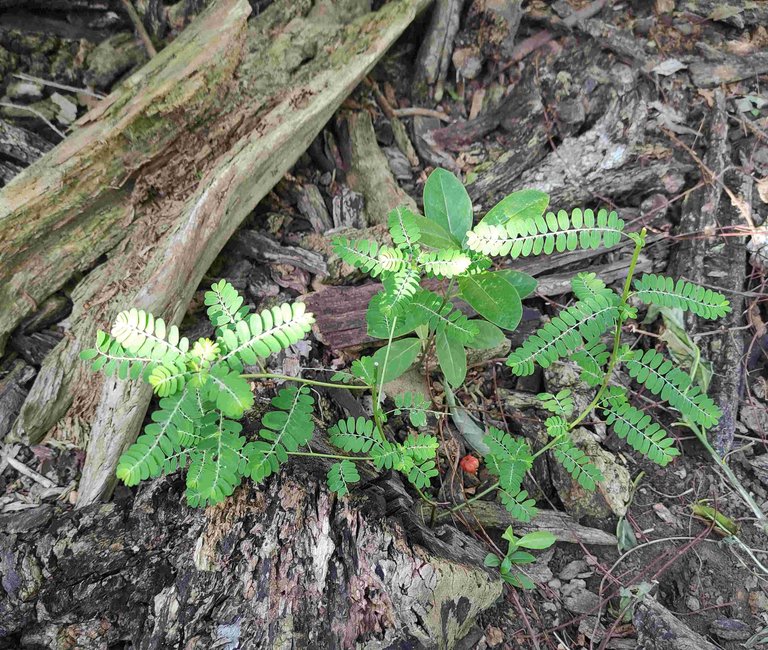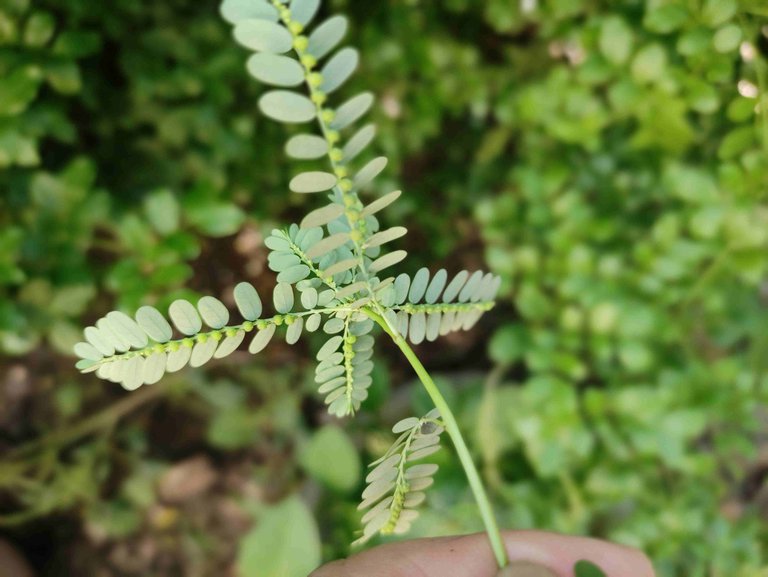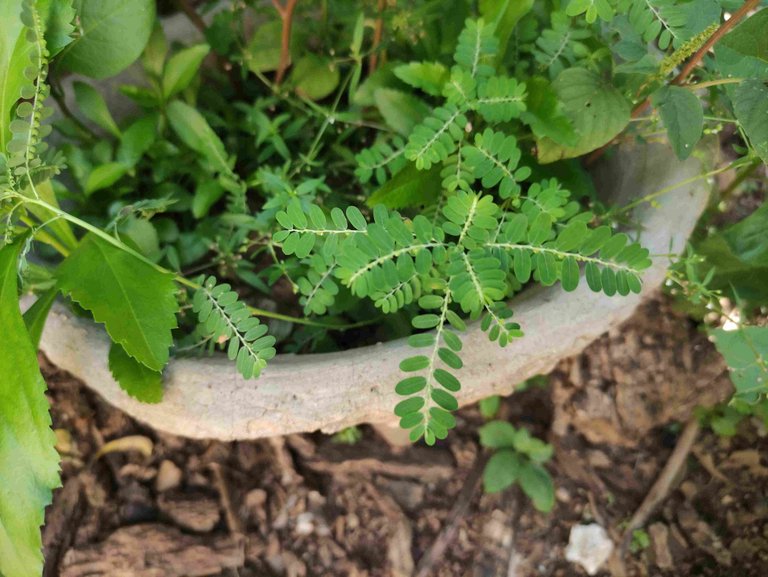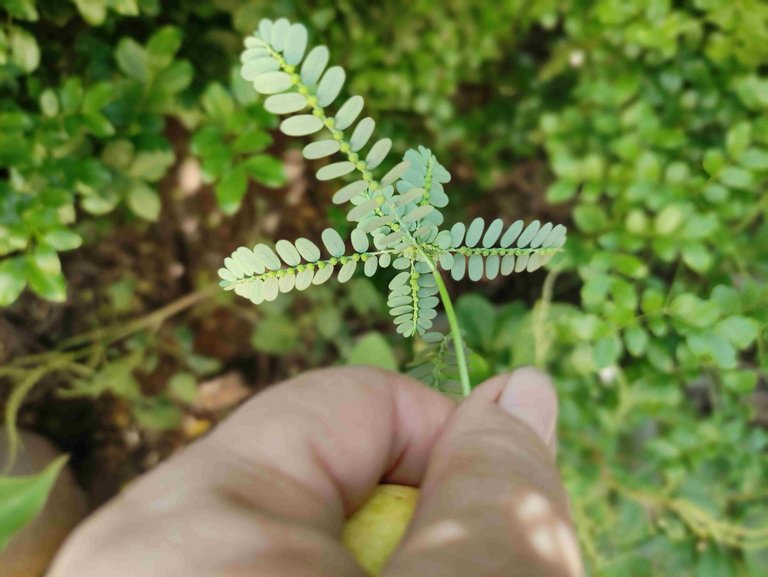
Greetings to all and happy Thursday. There are plants that can go unnoticed, either because they are very common, because they seem insignificant, or because we consider them weeds; but over the years I have understood that no plant is a weed, that every plant being has a function within ecosystems and therefore, they are valuable; and one of these plants is: Phyllanthus niruri, which has many names, including hidden egg and stonebreaker.
Saludos a todos y feliz jueves. Hay plantas que pueden pasar desapercibidas, ya sea porque son muy comunes, porque parecen insignificantes, o porque las consideramos maleza; pero a lo largo de los años he comprendido, que ninguna planta es maleza, que todo ser vegetal tiene una función dentro de los ecosistemas y por ende, son valiosas; y una de estas plantas es: Phyllanthus niruri, la cual tiene muchos nombres, entre ellos huevo escondido y rompe piedra.

Esta pequeña planta es muy común en mi país, Venezuela; de hecho, es nativa de América, por lo que es posible verla de manera silvestre, a lo largo de casi todo el continente. Se trata de un pequeño arbustito, que alcanza como máximo 50 centímetros de alto, y es muy endeble. Sus hojas recuerdan al tamarindo, pero son más redondas y pequeñas, y su principal característica es que tienen unas inflorescencias como escondidas, en el envés de las hojas, de allí el nombre huevo escondido.


Las fotos que les comparto en este post, son tomadas de mi jardín trasero, de mi solar. Allí abundan estas plantitas, ya que a los morrocoyes les gusta comerlas, aunque en estos meses, con la abundancia de cerezas y guayabas, han dejado de comerlas. Otro de los nombres que recibe Phyllanthus niruri, es rompe piedra, y esto hace referencia a su utilidad para pulverizar los cálculos renales, al ser consumida en infusión o macerada. Yo personalmente no he probado este remedio, pero sé que en mi pueblo muchas personas la consumen como medicina natural.


No obstante lo anteriormente dicho, debo recalcar que toda medicina natural DEBE SER CONSUMIDA CON MODERACIÓN, porque puede ser tóxica. De hecho, hay estudios clínicos que señalan que una ingesta exagerada de Phyllanthus niruri, ha generado lesiones hepáticas, por lo que su consumo debe ser muy cuidadoso.

There are also clinical studies that indicate that this plant helps control glucose or blood sugar levels, which is why some diabetic people also consume it. I personally cannot attest to this, but I do know of some people in my town, who suffer from this metabolic disease, who usually make infusions with its leaves. The benefits that a seemingly insignificant plant can offer are surprising.
También hay estudios clínicos, que indican que esta plantita ayuda a controlar los niveles de glucosa o azúcar en sangre, por lo que algunas personas diabéticas también la consumen. Yo personalmente no puedo dar fe de ello, pero sí sé de algunas personas en mi pueblo, quienes sufren de esta enfermedad metabólica, que suelen hacer infusiones con sus hojas. Son sorprendentes los beneficios que puede ofrecer una planta aparentemente insignificante.


Aquí termino mi post de hoy, en el que les he compartido las imágenes de una planta que puede pasar desapercibida, pero que es un tesoro. Me despido de ustedes, deseándoles mucha salud y bienestar y recuerden: No todos los días son iguales y más importante aún: Todo lo que das, todo lo que haces, inexorablemente volverá a ti. ¡Abrazos!



Todo el contenido, (excepto los separadores de texto) es de mi propiedad y está sujeto a derechos de autor // All content (except text dividers) is my property and is subject to copyright.




Delegations welcome!

Posted Using InLeo Alpha